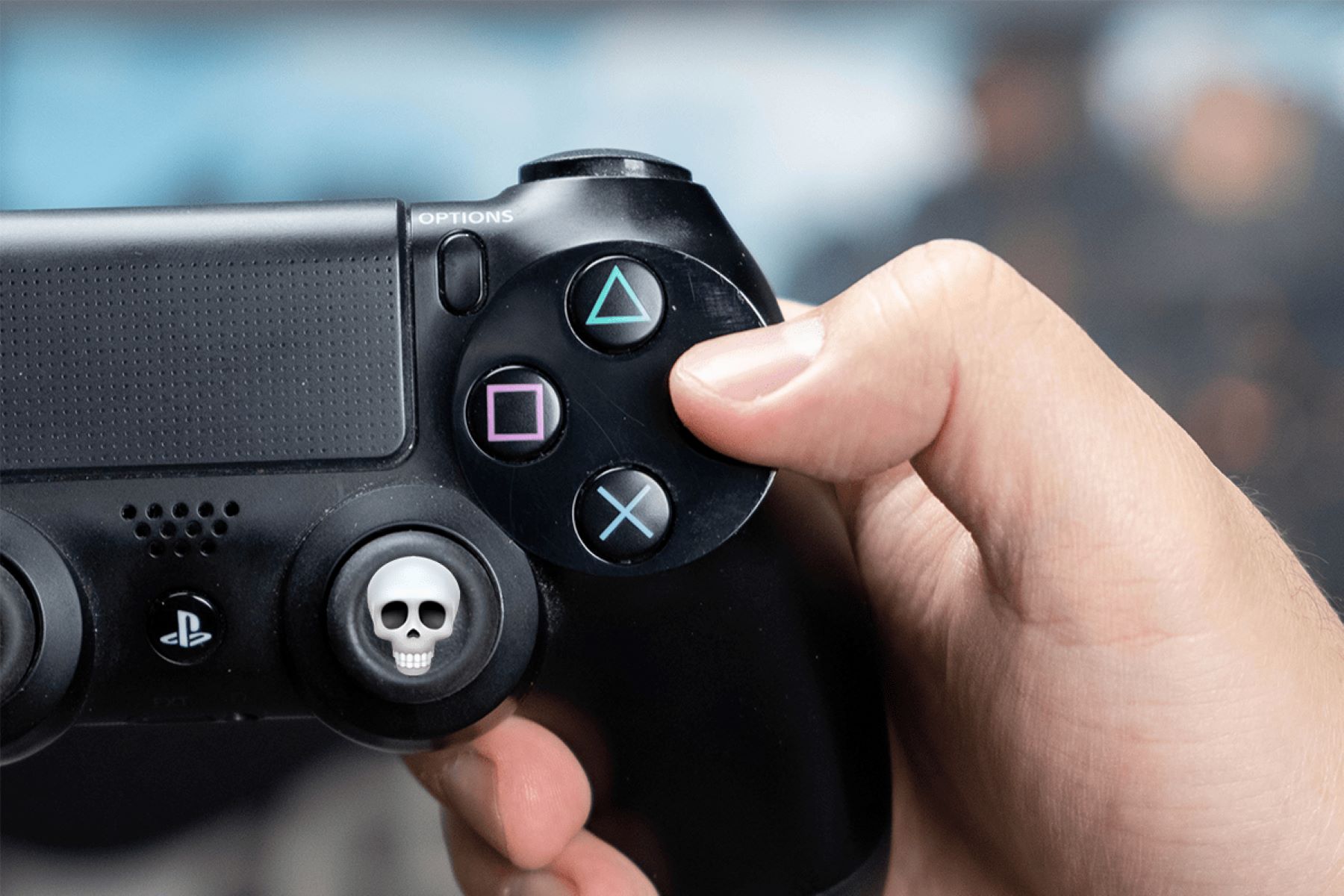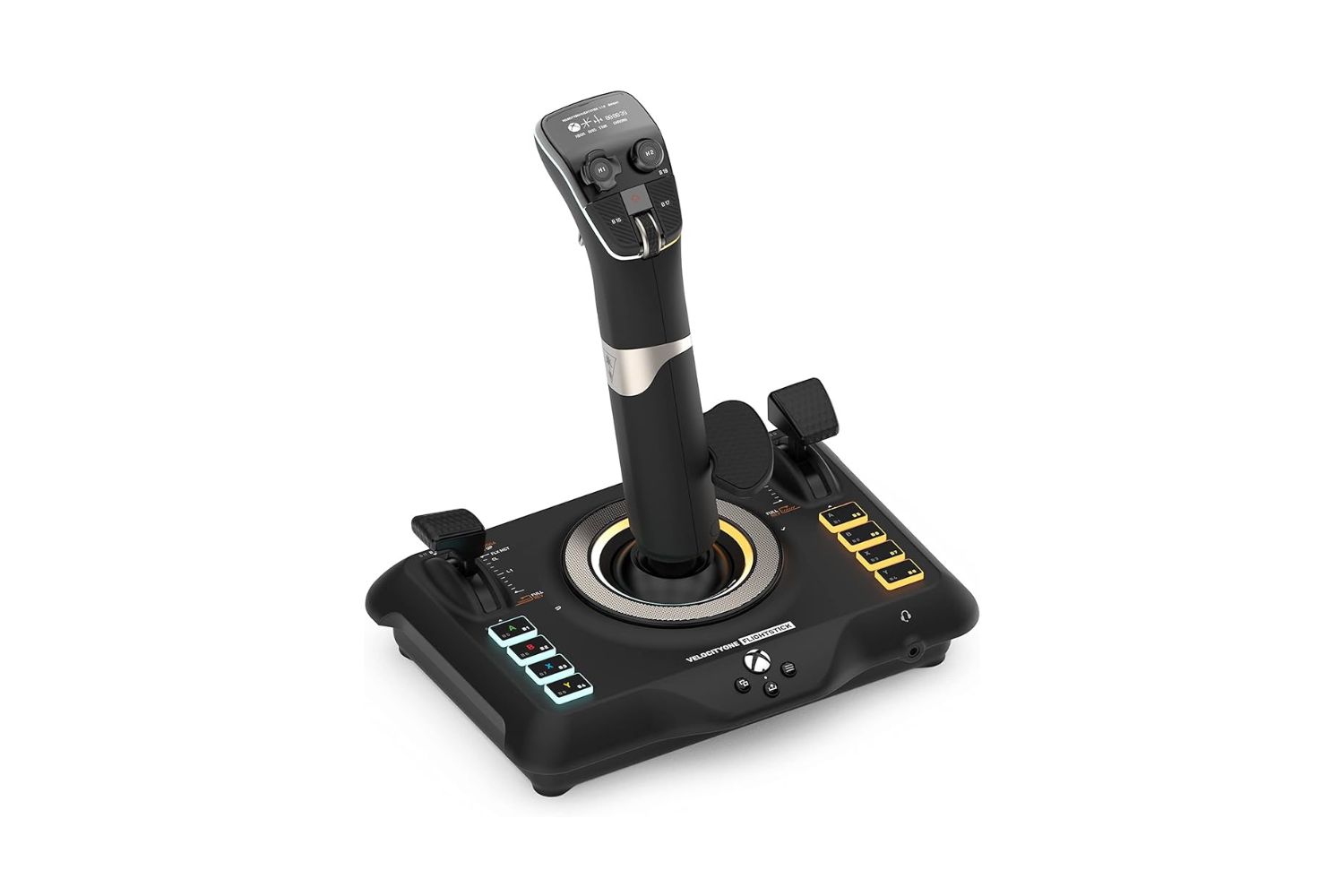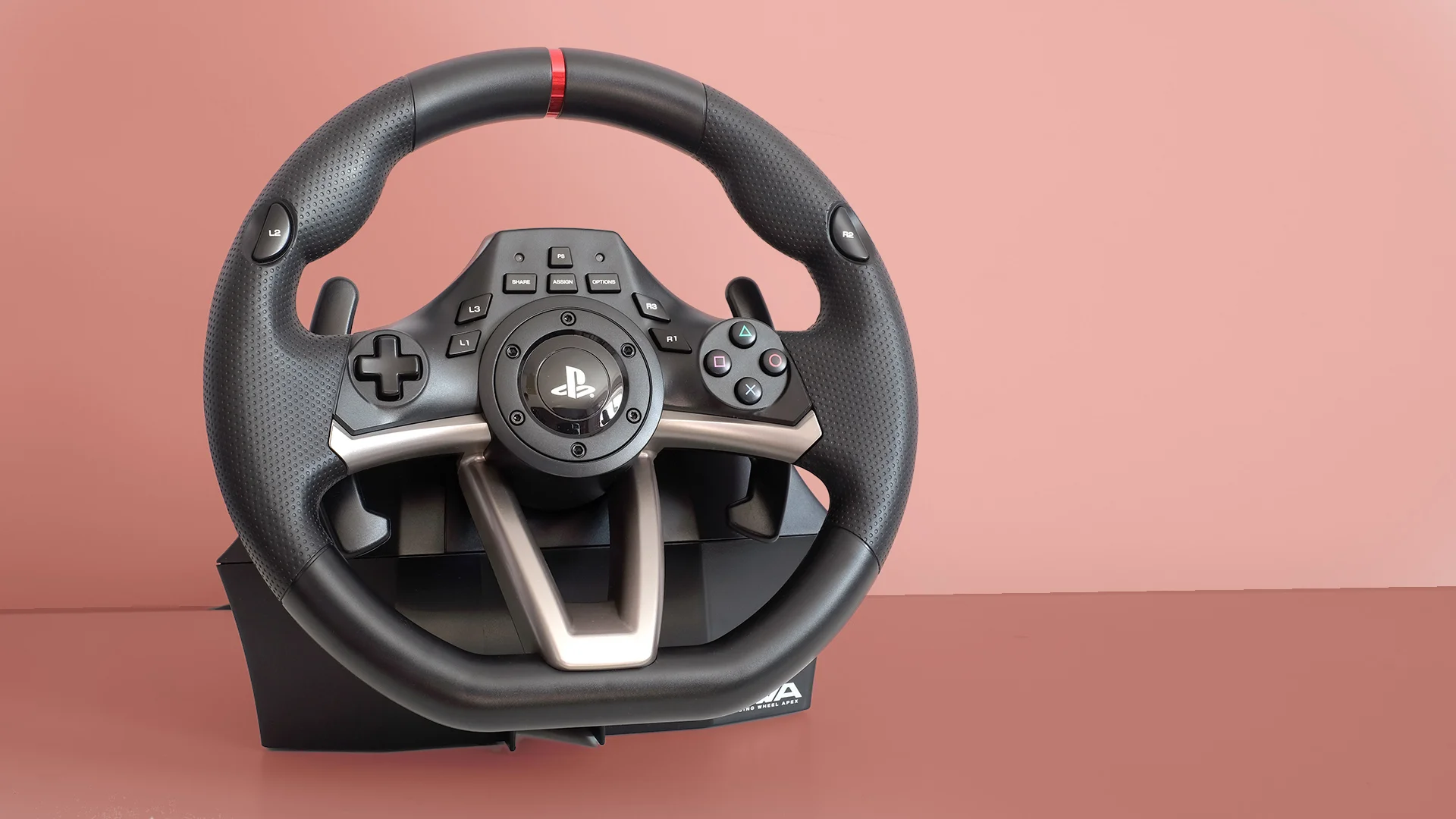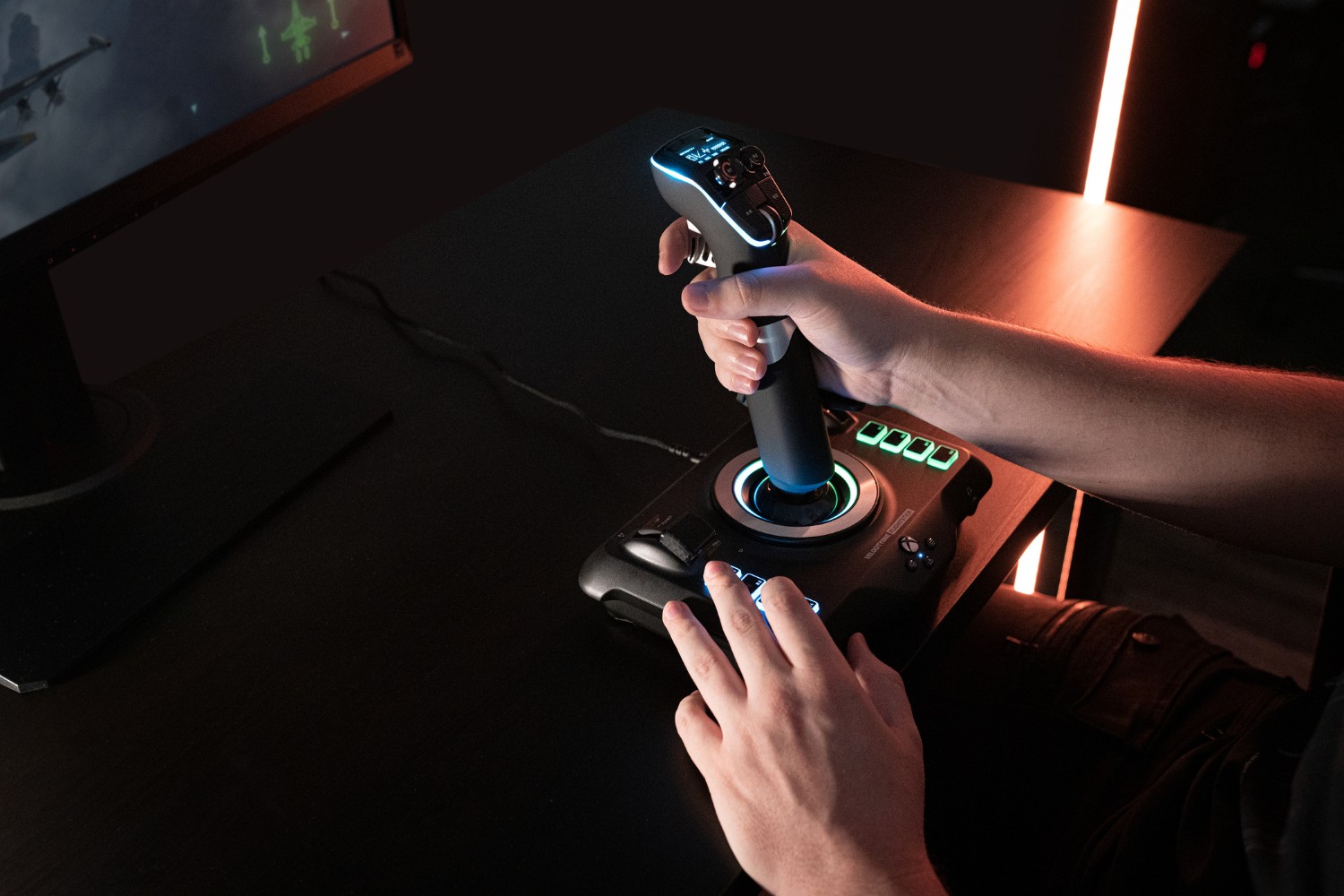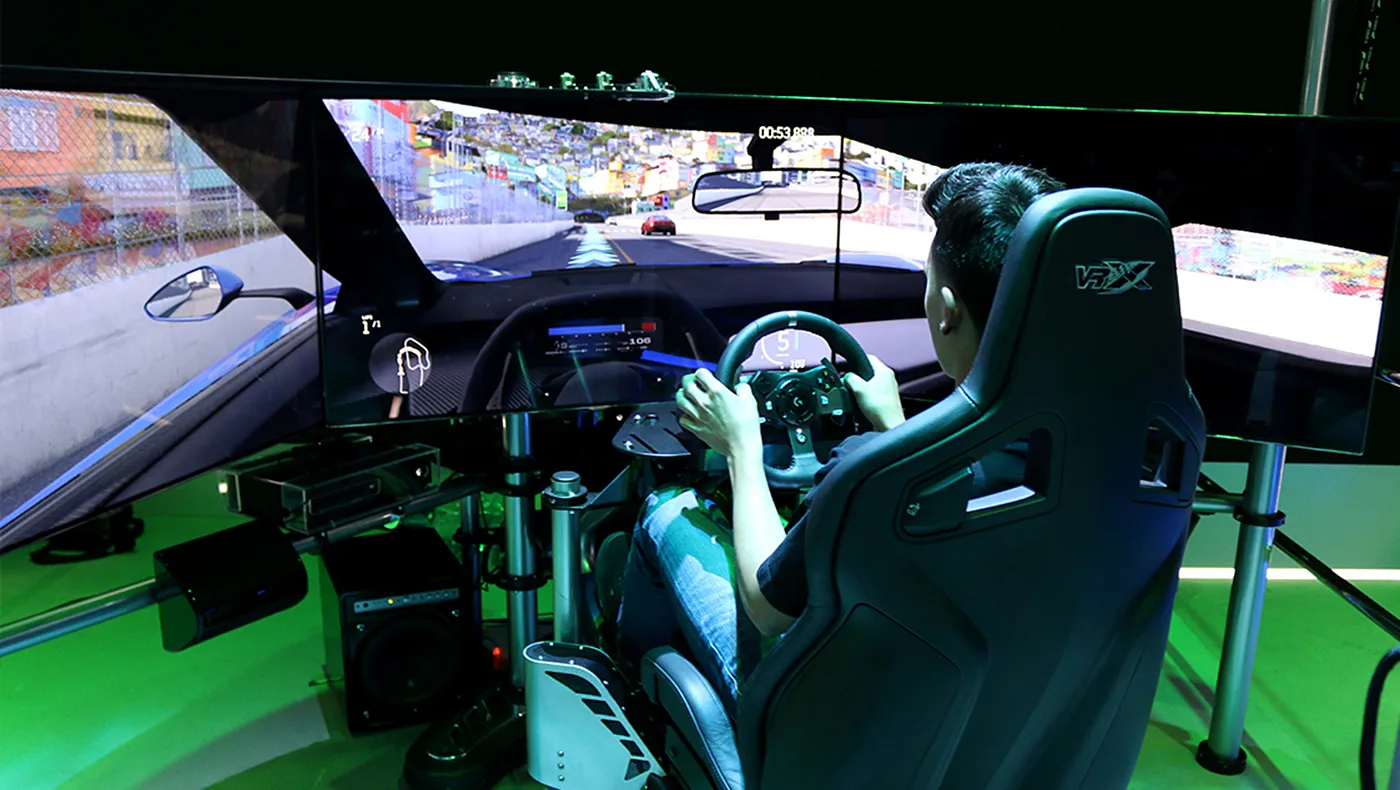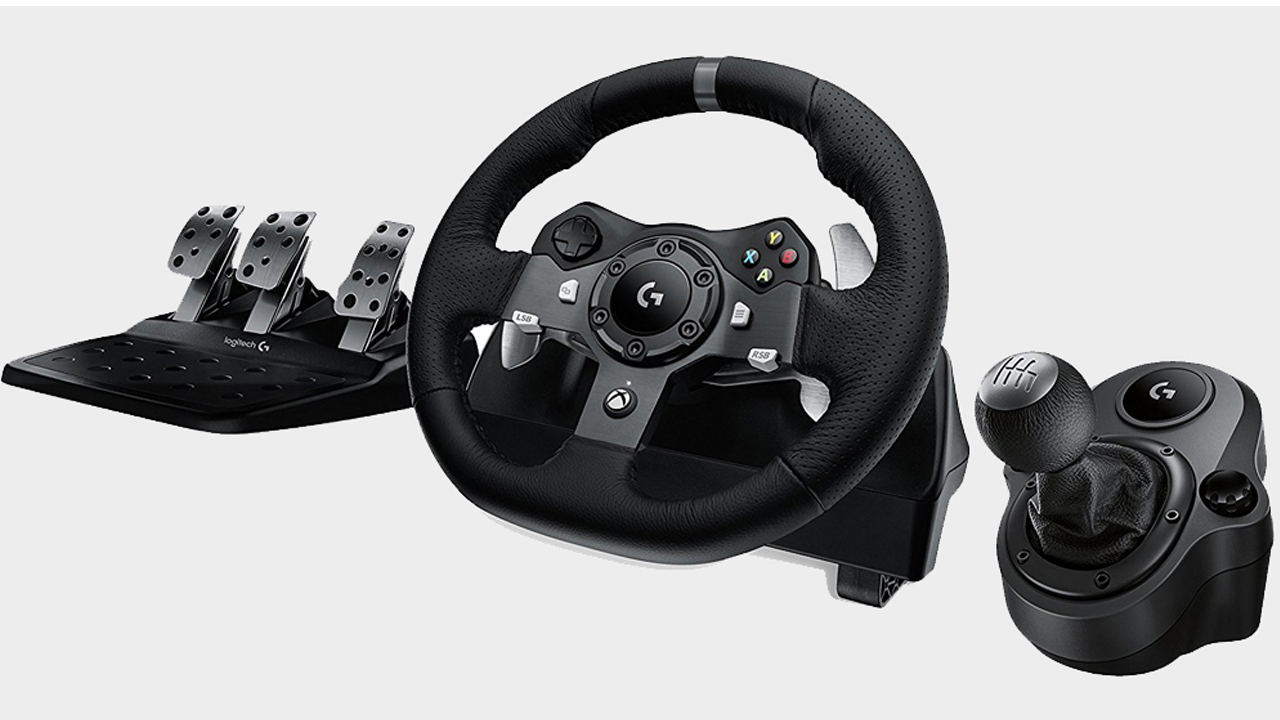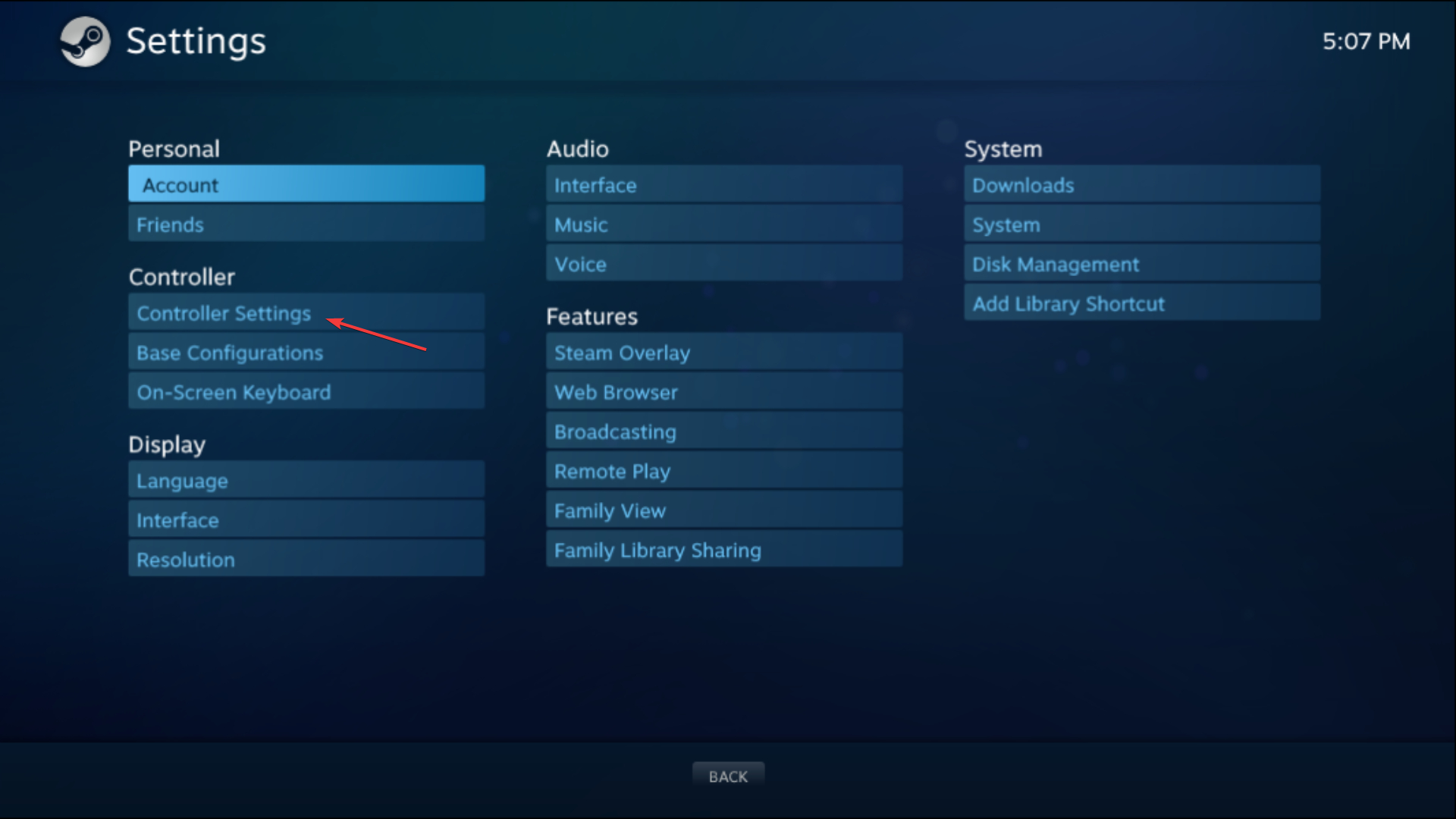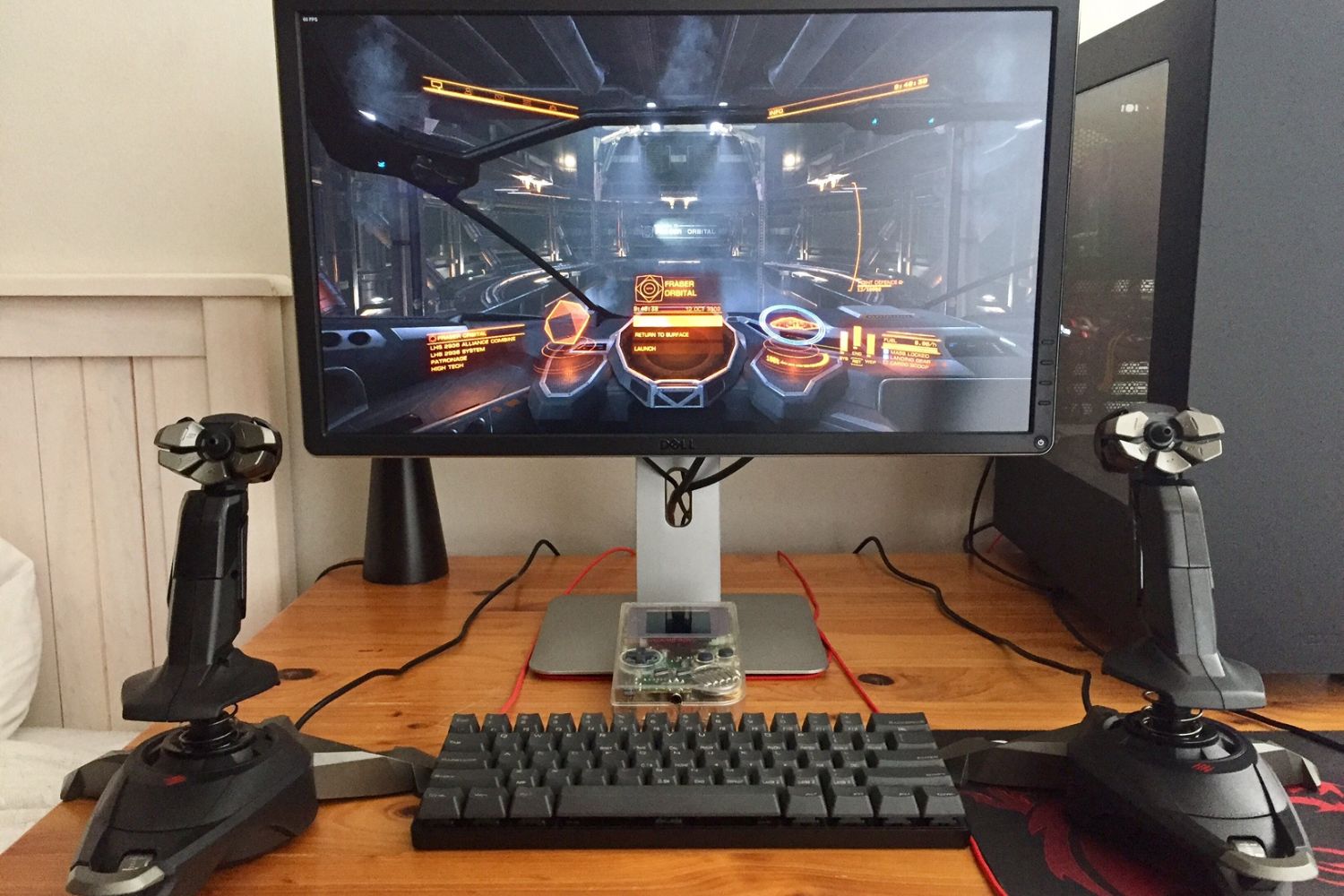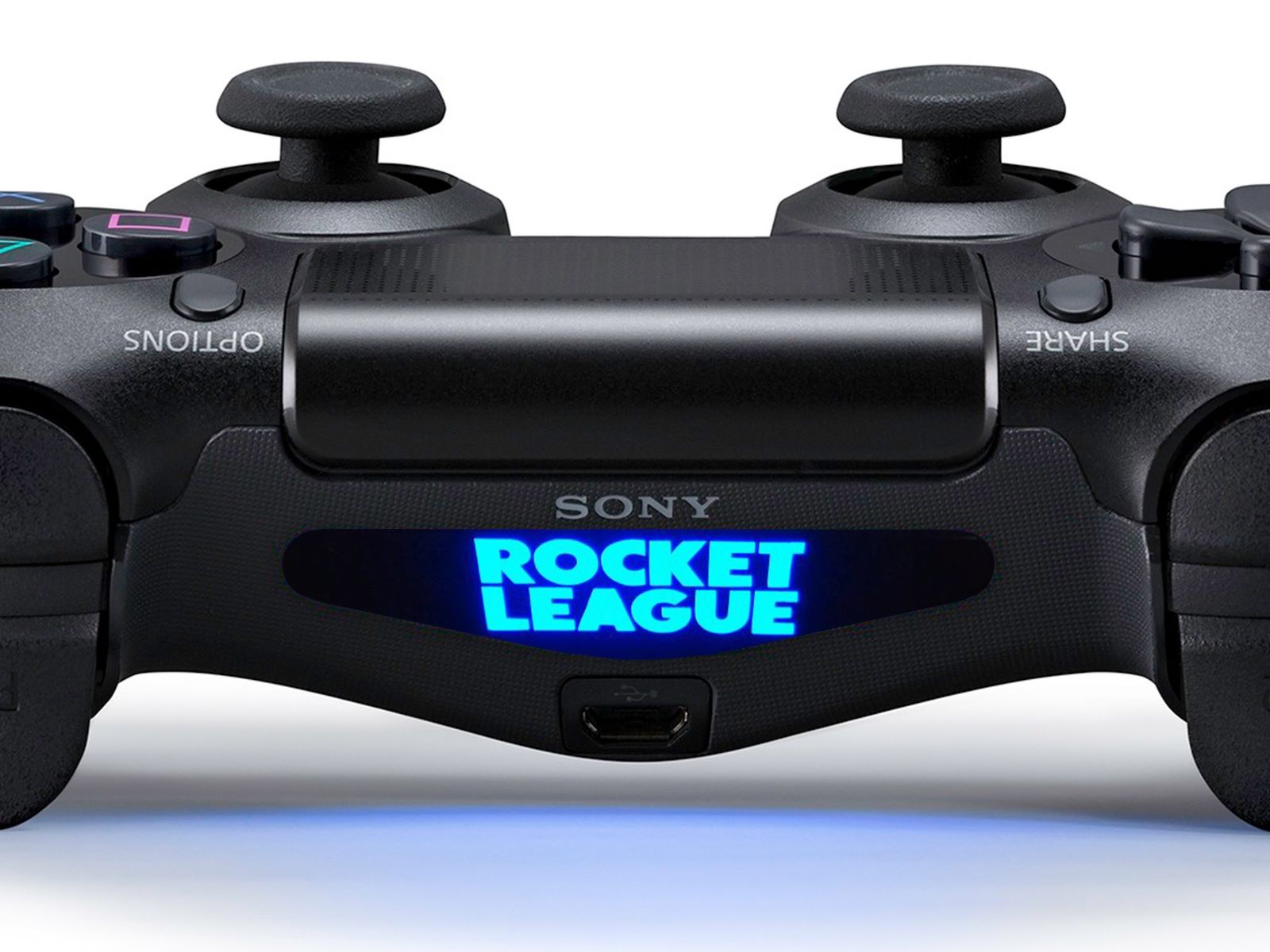Introduction
Welcome to the world of gaming, where every movement, every action, and every decision can make the difference between victory and defeat. Whether you're a seasoned gamer or just starting out, you've likely experienced the frustration of imprecise controls or unresponsive gameplay. One of the key factors that can impact your gaming experience is the presence of deadzones in game controllers.
Deadzones are a crucial but often overlooked aspect of gaming technology. Understanding what they are and how they affect gameplay is essential for any gamer who seeks precision and responsiveness in their controls. In this article, we'll delve into the concept of deadzones, their significance, the different types, and how to adjust them to optimize your gaming experience.
So, what exactly is a deadzone, and why does it matter? Let's embark on a journey to uncover the mysteries behind this fundamental component of gaming technology. Whether you're a competitive gamer striving for accuracy or someone who simply enjoys immersive gameplay, grasping the concept of deadzones will undoubtedly enhance your gaming prowess.
What Is a Deadzone?
A deadzone in a game controller refers to a specific area within the controller's analog stick or directional pad where no input is registered by the game. This means that when the joystick or D-pad is moved within this zone, the game does not recognize the movement, resulting in a lack of response from the on-screen character or vehicle. Essentially, the deadzone represents a range of motion where the controller fails to translate physical input into in-game action.
Imagine maneuvering your character through a treacherous virtual landscape, only to find that slight movements of the joystick are met with no corresponding action on the screen. This can be attributed to the presence of a deadzone, which hinders the fluidity and precision of control in gaming scenarios.
Deadzones are particularly noticeable in games that require precise and delicate movements, such as first-person shooters, racing simulations, and platformers. In these genres, the absence of precise control can significantly impact the player’s performance and overall enjoyment of the game. Understanding the existence and implications of deadzones is pivotal for gamers aiming to optimize their control mechanisms and elevate their gaming experience.
Why Are Deadzones Important?
Deadzones play a crucial role in shaping the gaming experience, influencing the level of precision, responsiveness, and immersion that players can achieve. Understanding the importance of deadzones is essential for both gamers and game developers, as it directly impacts the quality of gameplay and the overall enjoyment of the gaming experience.
One of the primary reasons why deadzones are important lies in their influence on control accuracy. In games that demand precise movements, such as aiming in first-person shooters or navigating tight corners in racing games, the presence of a deadzone can lead to frustrating inaccuracies and unresponsiveness. This can hamper a player’s ability to execute actions with the desired level of precision, ultimately affecting their performance in the game.
Moreover, deadzones can significantly impact the immersive nature of gaming. When players feel disconnected from the on-screen action due to unresponsive controls, it can diminish the overall gaming experience. Immersion is a key element in captivating players and drawing them into the game world, and deadzones pose a barrier to achieving this heightened sense of engagement.
Additionally, deadzones can affect the longevity and durability of game controllers. When players are forced to exert greater physical effort to compensate for deadzones, it can lead to increased wear and tear on the controller components. Over time, this can result in diminished controller responsiveness and the need for premature replacements, adding an extra layer of significance to the issue of deadzones.
For game developers, understanding the impact of deadzones is vital in creating an optimal user experience. By implementing effective deadzone management in their games, developers can enhance the precision and responsiveness of controls, leading to more satisfying gameplay for their audience.
As we delve deeper into the world of deadzones, it becomes evident that their importance extends beyond mere technicalities, shaping the very essence of the gaming experience and influencing the interactions between players and their virtual environments.
Types of Deadzones
Deadzones in game controllers can manifest in various forms, each with its own unique characteristics and impact on gameplay. Understanding the different types of deadzones is essential for gamers and developers alike, as it allows for a more nuanced approach to addressing control issues and optimizing the gaming experience.
1. Circular Deadzone: This type of deadzone forms a circular area within the controller’s analog stick or D-pad where no input is registered. As the player moves the controller within this zone, the lack of response can lead to imprecise movements and hindered control. Circular deadzones are commonly encountered in older or less advanced controller models.
2. Axial Deadzone: Axial deadzones affect specific directional inputs, causing certain movements to go unregistered within the deadzone area. For example, if the deadzone is present in the upward direction, upward movements of the analog stick may not be recognized by the game, impacting actions such as aiming or character movement in specific directions.
3. Radial Deadzone: In contrast to circular deadzones, radial deadzones create a non-circular area of unresponsiveness within the controller’s range of motion. This can result in irregularities in control precision, as certain directions may be more affected by the deadzone than others, leading to asymmetrical responsiveness.
4. Square Deadzone: Square deadzones define a square-shaped area within the controller’s input range where no response is registered. This type of deadzone can pose challenges for players, especially when executing diagonal movements or navigating environments that require fluid, multidirectional control.
5. Customizable Deadzone: Some modern game controllers and software configurations offer customizable deadzone settings, allowing players to adjust the deadzone size and shape according to their preferences. This level of customization empowers players to tailor their control experience to suit their individual playstyle and gaming needs, enhancing overall control precision and responsiveness.
By recognizing the diverse nature of deadzones, gamers and developers can adopt targeted strategies to mitigate their impact and optimize controller responsiveness. Whether it involves adjusting deadzone settings or investing in controllers with advanced deadzone management capabilities, understanding the nuances of deadzone types is instrumental in achieving a seamless and immersive gaming experience.
How to Adjust Deadzones
Adjusting deadzones in game controllers is a critical step in optimizing control precision and responsiveness, empowering players to customize their gaming experience according to their preferences and playstyle. Whether you’re aiming to reduce input lag, eliminate unresponsiveness, or fine-tune control sensitivity, understanding how to adjust deadzones is essential for enhancing the overall gaming experience.
1. In-Game Settings: Many modern games offer built-in deadzone adjustment options within their settings menus. These settings allow players to modify the deadzone size and shape directly from the game interface, providing a convenient and game-specific method for optimizing control responsiveness. By experimenting with these settings, players can tailor the deadzone parameters to align with their desired level of precision and responsiveness.
2. Controller Software: Advanced game controllers often come with accompanying software that enables users to customize various aspects of controller functionality, including deadzone adjustments. Through the controller’s software interface, players can fine-tune deadzone settings, calibrate analog sticks, and create personalized control profiles to suit different gaming scenarios. This level of customization empowers players to address deadzone issues at a granular level, ensuring optimal control performance across different games and genres.
3. Third-Party Tools: For players seeking extensive control customization options, third-party software tools can provide additional flexibility in adjusting deadzones. These tools offer comprehensive control mapping, deadzone adjustment, and sensitivity tweaking capabilities, allowing for a highly tailored gaming experience. While utilizing third-party tools requires a degree of technical proficiency, it offers unparalleled control customization possibilities for dedicated gamers.
4. Controller Hardware: Some high-end game controllers feature hardware-based deadzone adjustment mechanisms, allowing players to physically modify the deadzone characteristics using built-in controls or switches. This direct manipulation of deadzone parameters at the hardware level provides a tangible and intuitive method for refining control responsiveness, catering to the preferences of discerning gamers.
By leveraging these adjustment methods, players can mitigate the impact of deadzones, enhance control precision, and achieve a more immersive and responsive gaming experience. Whether it involves fine-tuning settings within the game, utilizing controller software, or investing in advanced controller hardware, the ability to adjust deadzones empowers gamers to take control customization to new heights, ensuring that their gaming experience is finely tuned to their unique preferences and playstyle.
Conclusion
As we conclude our exploration of deadzones in game controllers, it becomes evident that these seemingly subtle elements wield considerable influence over the gaming experience. From shaping control precision to impacting the immersive nature of gameplay, deadzones play a pivotal role in determining the level of responsiveness and fluidity that players can achieve.
Understanding the concept of deadzones and their implications is essential for both gamers and game developers. By recognizing the diverse types of deadzones and the methods for adjusting them, players can take proactive steps to optimize their control experience, leading to enhanced performance and enjoyment in their gaming endeavors. Furthermore, game developers can leverage this understanding to implement effective deadzone management in their titles, ensuring that players are equipped with responsive and precise controls that elevate the overall gaming experience.
As technology continues to evolve, the refinement of deadzone management in game controllers will undoubtedly remain a focal point for enhancing the quality of gameplay. Whether through software-based adjustments, hardware innovations, or the continued development of controller technology, the quest for minimizing deadzones and maximizing control responsiveness reflects the ongoing pursuit of immersive and engaging gaming experiences.
Ultimately, the significance of deadzones extends beyond their technical aspects, permeating the very fabric of the gaming landscape. As players strive for precision and fluidity in their interactions with virtual worlds, the management of deadzones stands as a critical factor in bridging the gap between player input and on-screen action, shaping the immersive and captivating experiences that define modern gaming.







